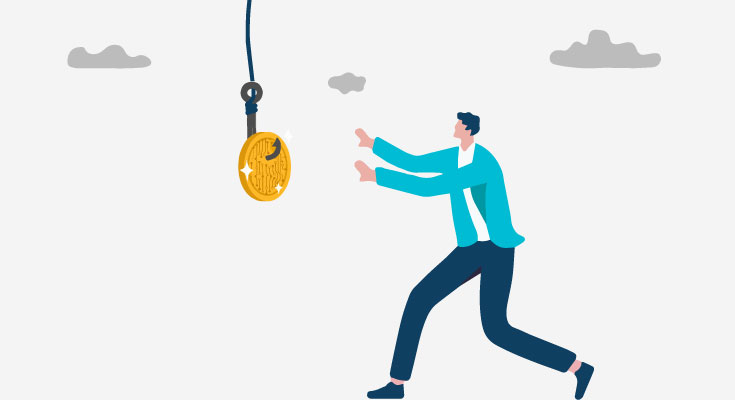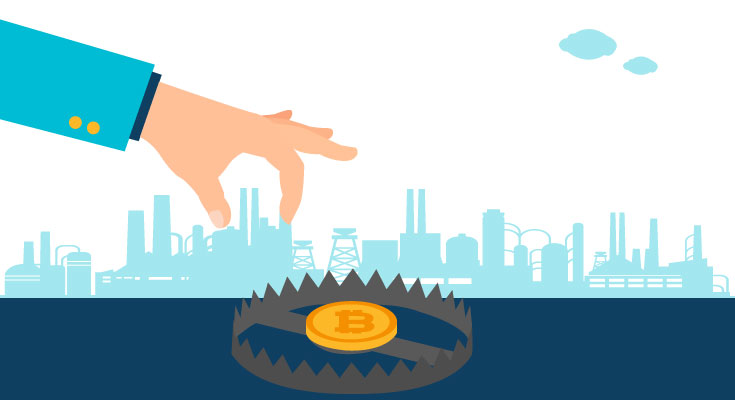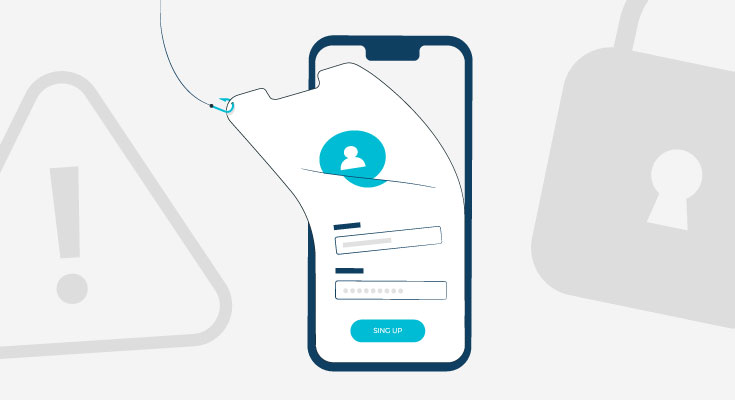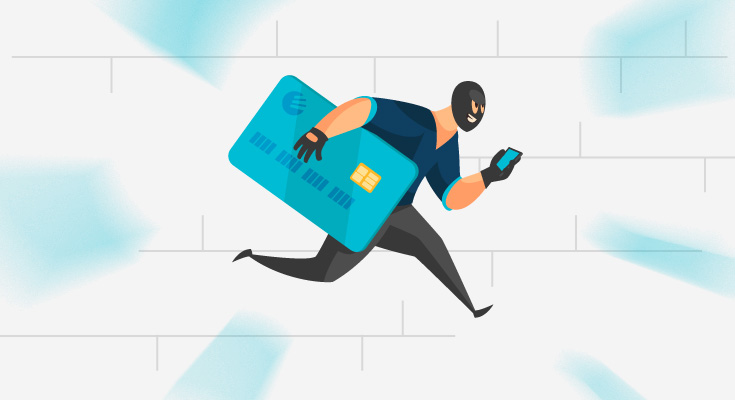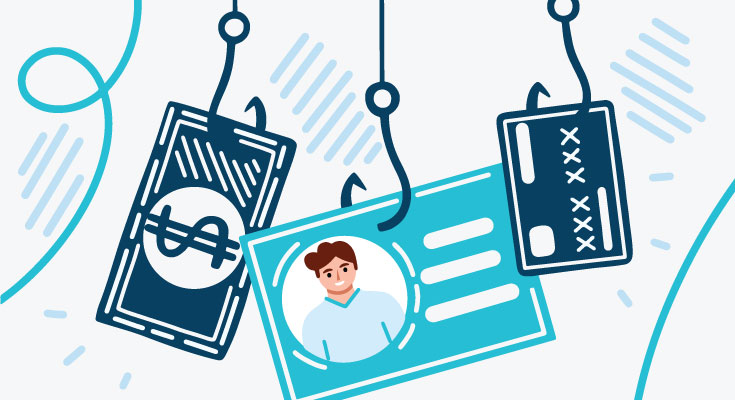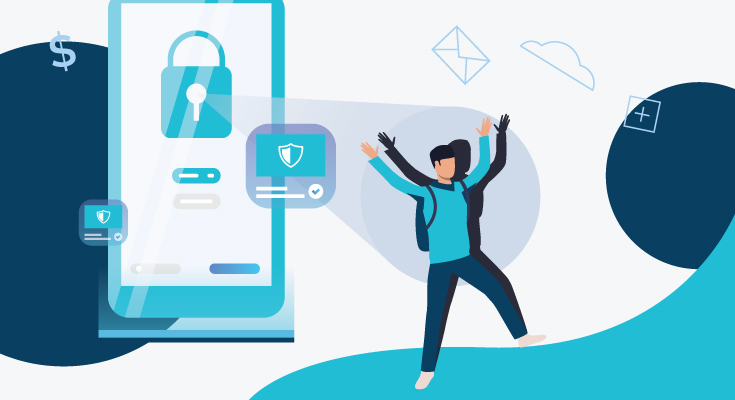Credit card fraud was the most frequent type of fraud reported in 2020 according to the Federal Trade Commission. And the amount lost annually to credit card fraud is a staggering $149 million. While it’s vital to ensure the security of their financial accounts, if you do end up being a victim of credit card fraud then you should know what to do next. And what would be the best practices for credit card fraud prevention?
What is Credit Card Fraud?
Credit card fraud is when a fraudster uses credit cards without the authorization of the card owner. They can use it to purchase products/services or obtain funds without the cardholder’s consent.
Difference Between Credit Card Fraud vs. Identity Theft
Both of these types of fraud are similar, but identity fraud is broader in reach. An identity thief steals your personal information, such as your Social Security Number, Opens a new account, gets a loan approved, and files for tax returns.
Credit card fraud is a different type of identity theft that happens when your credit card is used for unauthorized purchases. Customers who rarely check their credit card account online may notice some anomalies in the account that you didn’t make. While the majority of credit card issuers offer zero liability on fraudulent purchases, it doesn’t mean that you will turn a blind eye. This also raises the question of how banks prevent credit card fraud.
There are no particular credit card fraud prevention strategies that provide you total credit card fraud protection, but some small actions can lead to an increased risk of fraud, thus you should take time out of your schedule to learn how to secure yourself.
How Consumers Can Prevent Credit Card Fraud?
There are several methods and techniques that fraudsters utilize to steal your personally identifiable information. Fraud reports for 2020 increased over the previous year which isn’t surprising because most of the world went towards a digital transformation. Bad actors always look forward to weak moments for a customer to steal personal information.
Sometimes, being aware of the red flags and things that seem suspicious will help you make better decisions and avoid credit card fraud. Here are some common things to look out for:
1. Don’t Use Unsecure Websites
This is something that you can easily do. If any shopping site is secure you’ll see a padlock on the top left side before the address bar. Also, the web address will begin with HTTPS. Do not enter credit card numbers on a website that you see isn’t secure. And let’s be honest, if a business isn’t offering data security, you shouldn’t invest your time in it. Not using insecure websites is the primary credit card fraud prevention.
2. Beware of Phishing Scams
Phishing scams are very common and they can happen on the phone, email, texts, or anywhere else. The scammers might call and pretend they are from some government body and try to gather your personal information.
Scams as of today are very sophisticated, customers often get scam emails from what seems like their bank. If the email requests you reply with your credit card account number, you know it’s fake.
3. Beware of What You Post on Social Media
While social media is extremely exciting, it does have its downfalls. Fraudsters keep deriving new methods of stealing personal information through social media. Kids often end up sharing sensitive data on social media without being aware of it. To prevent credit card fraud, parents need to have a serious talk about what they share on social media.
Anything you post about your personal life can be pieced together by fraudsters to build a profile for financial fraud.
4. Use Mobile Payment Apps
There are some chances that your card information may be skimmed by an in-store card reader, but it can still happen. Thus, it is better to increase the protection of credit cards by using mobile payment apps such as PayPal.
All the mobile payment apps use a technology named tokenization, which allows you to pay without exposing the actual card number. This way, your account stays safe from fraudsters even if the transaction data is exposed.
5. Don’t Save Credit Card Information Online
This may take some time to master, you have to stop, find your credit card number, and type it in every time you wish to make a transaction. It doesn’t matter if it’s a retailer that you trust, a data breach can put your private information at risk. This is an effective method of decreasing the risk of fraud.
6. Use a Password Manager
One of the primary rules with using passwords is that you shouldn’t use the same password or a combination of the same passwords over and over again. If a fraudster gets access to one of your passwords, then they’ll be able to gain access to all your accounts.
A password manager can help you generate and remember complicated passwords easily. Having a variety of complicated passwords can assist you in saving yourself from financial fraud.
7. Don’t Use Public WiFi for Financial Transactions
Public WiFi is riddled with fraudsters, trying to steal any information that they can find. If you conduct any kind of financial transaction on public WiFi, you’ll be vulnerable to hackers because these networks are often unencrypted. Whatever financial transactions you need to conduct you should do it on your personal network.
You can also use a virtual private network or VPN to encrypt the public WiFi. A VPN encrypts your incoming and outgoing traffic thus securing the transactions.
How Businesses Can Prevent Credit Card Fraud?
1. Secure Payment Processing
Almost all businesses should have secure payment processing systems. The best options are to use systems that rely on tokenization and encryption to protect sensitive card information during transactions and reduce the risk of data breaches.
2. EMV Chip Card Technology
Another fraud prevention method is the use of EMV chip cards. Adopting EMV-compliant payment systems can reduce the risk of payment fraud. Chip cards are tougher to copy than magnetic stripe cards.
3. Address Verification and CVV Checks
Using address verification checks and CVV checks can significantly reduce the number of card-not-present frauds and minimize the risk of fraud.
4. Fraud Detection Tools
Businesses that onboard a lot of customers globally need the help of fraud prevention tools. Technologies like DIRO business verification, online document verification, and utility bill verification can help businesses differentiate between legitimate and fake customers.
5. Employee Training
It is essential to educate your employees to recognize and prevent fraud. If your employees know something is fishy, they can minimize the risk of fraudulent activity, especially in retail environments.
6. Regular Monitoring
Monitoring transactions and customer accounts regularly can help in learning basic fraud patterns and upcoming trends. Identifying patterns is a great way to catch potential fraud early.
7. Chargeback Management
Having a chargeback management process can help businesses track, analyze, and respond to chargebacks. Chargeback fraud can be a major indicator of fraud.
Types of Credit Card Fraud
Credit card fraud can happen in several ways. They’re made specifically to target weak points in payment systems. There are vulnerabilities in each section of a payment system that a fraudster looks to exploit.
Here are some of the most common types of credit card fraud:
- Stolen or Lost Credit Cards
As the name suggests, this type of fraud happens when a criminal steals someone else’s physical card. The fraudulent actor then uses the card to make unauthorized purchases. Until the legit owner reports the card as missing or stolen, a fraudster can keep on using the card.
- Card-Not-Present (CNP) Fraud
CNP happens when a scammer obtains credit card information (card number, expiration date, or CVV) and uses the card to make illegal transactions. These transactions can be done online, by phone, or by mail without a physical card.
One of the most common ways to obtain card information is through data breaches, phishing, and other methods.
- Account Takeover Fraud
Commonly known as ATO, a criminal obtains illegal access to a credit card account or bank account. This is mostly done via ID theft or phishing. Once the account information is obtained, scammers change it, add themselves as authorized users, and request a new card.
They then use the new card to make illegal transactions.
- Application Fraud
This type of fraud happens whenever a criminal applies for a credit card using fake information. Once the application is approved and scammers receive the card, they use it for illegal transactions. The legit bank account owner then has to deal with the financial ramifications.
- Skimming
Skimming is another type of credit card fraud. Fraudsters use a small electronic device, known as a “Skimmer”. This small device steals credit card information from the card’s magnetic stripe during legitimate transactions. Fraudsters often place these devices at an ATM or a payment terminal.
Criminals can then use the captured data to create counterfeit cards or carry out illegal transactions.
- Phishing Scams
These are some of the most common types of credit card fraud. Phishing scams use emails, phone calls, and texts to trick cardholders into revealing their credit card information.
Users receive an email that may look like it’s from a legitimate bank/company/retailer. Most of the time, the motive of the email is to steal the user’s account information.
Emails ask users to “confirm” their account information by clicking a link or a button.
Which Businesses Are Most Susceptible to Credit Card Fraud?
There are specific businesses that are more vulnerable to credit card fraud. Here’s a list of businesses that are more at risk of credit card fraud:
1. eCommerce and Online Retailers
As these businesses conduct CNP transactions, they’re more open to fraud. There’s no way to verify the authenticity of the cardholder, so they’re more exposed to fraud.
Additionally, online transactions are more vulnerable to data breaches, phishing, and malware attacks.
2. Small Businesses
Small businesses don’t have the resources to invest in robust fraud prevention and detection. They don’t even know about the latest developments in credit card fraud trends. This makes small businesses more vulnerable to different types of fraud.
3. High-Risk Industries
Businesses operating in high-risk industries like gambling, adult entertainment, finance, etc tend to experience more instances of fraud. Criminals love to target these industries because the volume of transactions is higher than in other industries.
4. Businesses with High Employee Turnover
Businesses that have a high number of employee turnover are more vulnerable to fraud. Why? Because the consistent shift in employees makes it tough to maintain rules and regulations. There are even cases where employees partake in fraudulent activities due to a lack of procedures.
5. Businesses With Outdated Technology
Retailers that use outdated point of sale (POS) systems or payment terminals are more vulnerable to skimming and other types of fraud.
Older technologies aren’t up to the latest protocols so they’re more susceptible to fraud.
How Banks Can Prevent Credit Card Fraud?
While customers don’t have to bear the burden of credit card fraud, financial institutions have to take the brunt of the fraud. To prevent this type of fraud, FIs need to comply with KYC regulations and AML regulations, continuously monitor the transactions, and utilize technologies.
Technologies such as DIRO online document verification solutions can help financial institutions stay on top of acts of fraud.
